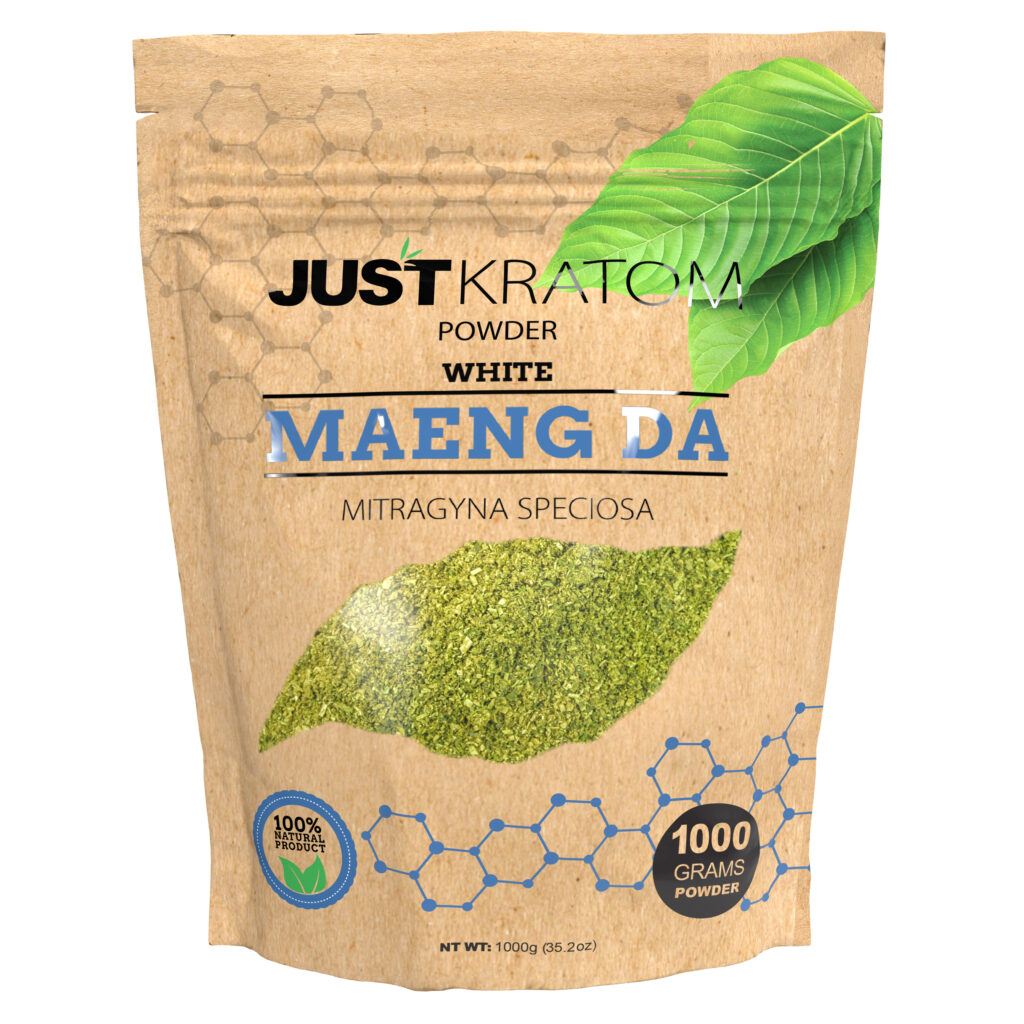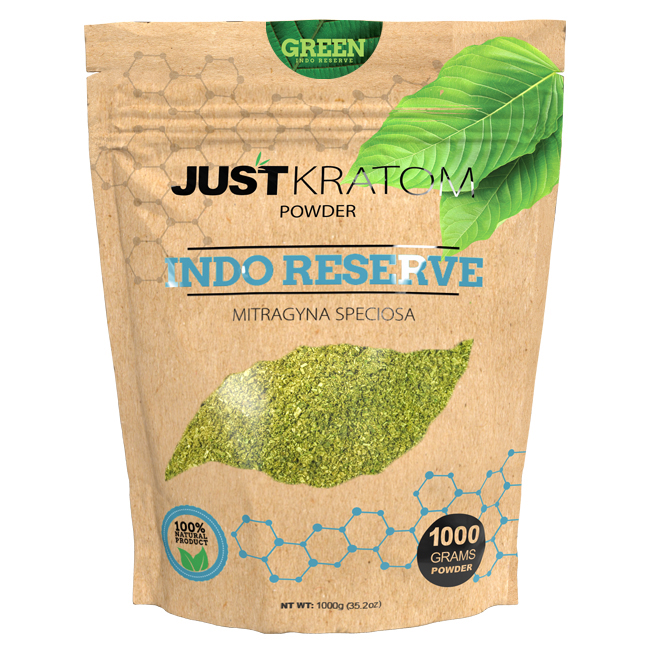What Are The Signs Of Low-Quality Kratom Powder?
June 15, 2025
Appearance
When it comes to kratom, appearance can be a good first indicator of quality. While not a definitive test, certain visual cues can help you identify low-quality powders that may be adulterated or poorly processed.
Color
One noticeable sign is the color. High-quality kratom powder typically boasts a vibrant green hue, reflecting its freshness and alkaloid content. Powder that appears dull, brown, or overly dark green might indicate age, improper storage, or even the addition of fillers or contaminants.
Texture
The texture of kratom powder can also provide valuable insights into its quality. Genuine kratom should have a smooth, fine consistency. If the powder feels grainy, gritty, or clumped together, it could signify poor processing or the presence of impurities.

Similarly, high-quality powder should dissolve readily in water, creating a clear solution. A cloudy or suspended mixture might suggest the presence of undissolved matter, indicating a lack of proper extraction or adulteration with substances that don’t dissolve easily.
Smell
The aroma can offer another clue about kratom powder quality. Fresh, high-quality kratom often possesses a distinct earthy scent reminiscent of fresh leaves. A pungent, chemical, or overly sweet smell could indicate additives, processing issues, or signs of spoilage.
Freshness
Freshness is a crucial factor in determining the quality of kratom powder. The aroma plays a significant role in assessing its freshness.
High-quality kratom typically emits an earthy, natural scent reminiscent of fresh leaves. This indicates that the powder has been sourced and processed properly, preserving its inherent qualities.
On the other hand, a pungent, chemical, or overly sweet smell can be red flags. These aromas often suggest the presence of additives, processing issues, or signs of spoilage, indicating a decline in freshness and potential compromise of quality.

Presence of Mustiness or Mold
A musty or moldy smell is a clear indication that kratom powder has gone bad. This odor signals the growth of microorganisms, which can produce harmful substances.
If your kratom smells musty or like mildew, it should be discarded immediately as it is likely unsafe to consume.
Taste
When evaluating kratom powder, appearance can offer valuable insights into its quality. Observing certain visual cues can help identify potential issues with the product.
Bitter or Metallic Taste
The taste of kratom powder can also provide clues about its quality. High-quality kratom typically has a slightly bitter or earthy flavor.
A metallic taste, however, is a strong indicator that something may be amiss with the powder. This metallic taste can suggest the presence of heavy metals or other contaminants.
Unpleasant Aftertaste
An unpleasant aftertaste can also signal low-quality kratom powder. A lingering bitter, chemical, or sour taste after consuming the powder may indicate the presence of additives, poor processing methods, or contamination.
Packaging and Labeling
Packaging and labeling are crucial aspects of any product, and kratom powder is no exception. They provide valuable information about the product’s origin, quality, and intended use.
Proper Labeling Information
Proper labeling on kratom packaging should include detailed information about the product’s contents, source, and manufacturing practices. This transparency allows consumers to make informed decisions about their purchases.
A crucial piece of information is the strain or variety of kratom included in the powder. Different strains exhibit varying alkaloid profiles and potential effects, so knowing the specific strain is essential for users to understand what they are consuming.
The origin of the kratom should also be clearly stated on the label. Knowing where the kratom was sourced from provides insight into its quality and potential growing practices.
Reliable labels will list the weight or quantity of kratom contained within the package, ensuring accurate dosing for users.
Manufacturers should also provide information about any processing methods used, such as drying techniques or extraction processes.
Labels should clearly state whether the kratom has been tested for contaminants or adulterants. Independent lab testing results can offer assurance regarding the product’s purity and safety.
Finally, proper labeling includes contact information for the manufacturer or supplier, allowing consumers to reach out with questions or concerns.
Signs of Tampering
Packaging and labeling are crucial indicators of kratom powder quality.
- Look for clear and detailed information about the product’s contents, source, and manufacturing practices.
- The label should specify the strain or variety of kratom.
- The origin of the kratom should be clearly stated.
- The weight or quantity of kratom in the package should be listed.
- Information about processing methods, such as drying techniques or extraction processes, should be provided.
- Labels should clearly state whether the kratom has been tested for contaminants or adulterants.
- Contact information for the manufacturer or supplier should be included.
Other Red Flags
Beyond visual cues, other factors can signal low-quality kratom powder. The aroma can offer valuable clues about freshness and potential contamination. A metallic taste can indicate heavy metals or contaminants, while an unpleasant aftertaste might point to additives or poor processing. Proper packaging and labeling are essential for ensuring quality and transparency. Consumers should look for detailed information about the product, strain, origin, processing methods, and independent lab test results.
Uneven Potency
Uneven potency refers to variations in the strength or effects of kratom from different batches or even within a single batch. This inconsistency can make it difficult to predict the desired effects and increase the risk of experiencing undesirable side effects.
Several factors contribute to uneven potency, including variations in growing conditions, harvesting practices, processing methods, and storage conditions.
For example, differences in soil composition, rainfall, or sunlight exposure can influence the alkaloid content of kratom leaves, leading to variations in potency.
Improper drying or storage techniques can also degrade alkaloids over time, resulting in weaker batches.
Additionally, inconsistent extraction methods or the addition of fillers can dilute the concentration of active compounds, further impacting potency.
Allergic Reactions or Unexpected Effects
Other red flags to watch out for include allergic reactions or unexpected effects. Kratom contains alkaloids that can trigger allergic responses in some individuals, manifesting as skin rashes, itching, hives, or respiratory problems.
It’s crucial to be aware of your body’s response to kratom and discontinue use if you experience any adverse reactions. Unexpected effects beyond the usual kratom-induced sensations, such as severe nausea, vomiting, or dizziness, should also prompt immediate cessation of use and consultation with a healthcare professional.
Order Kratom Powder with fast shipping
- Retinol Peel Near Hersham, Surrey - November 7, 2025
- Redensity 1 Skin Booster Treatments Near Wisley, Surrey - November 5, 2025
- Radiesse Liquid Facelift Near Tolworth, Surrey - November 2, 2025
